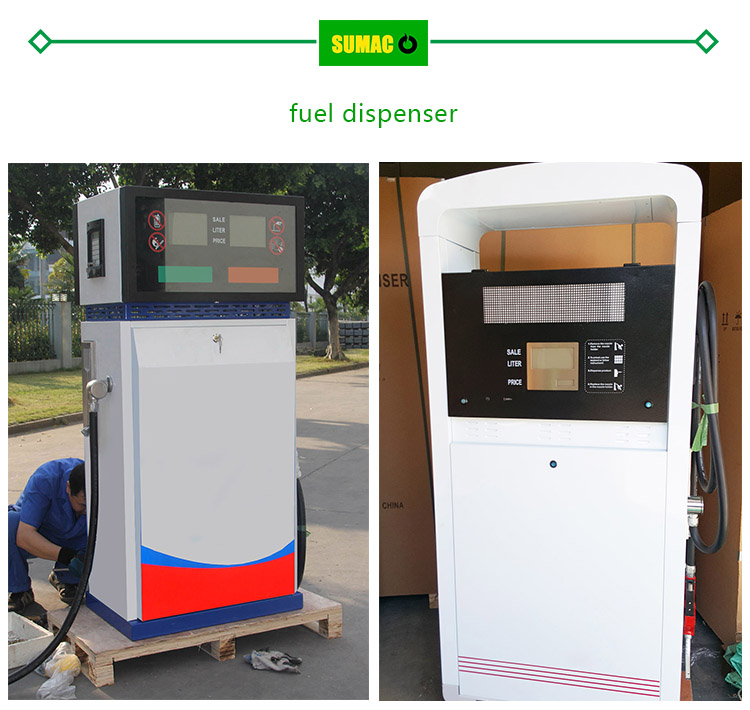1. Appearance inspection
Observe the surface of the weld directly with the naked eye or with the help of a low-power magnifying glass to check whether there are defects such as undercut, pores, slag inclusions, cracks, incomplete penetration, and incomplete fusion. Undercuts will weaken the effective cross-sectional area of the weld, pores and slag inclusions will reduce the density and strength of the weld, while defects such as cracks, incomplete penetration and incomplete fusion will seriously affect the mechanical properties of the weld.
At the same time, check whether the outer dimensions of the weld meet the design requirements, whether the excess height and width of the weld are uniform and consistent, and whether the transition is smooth.
2. Non-destructive testing
Radiological detection: Use X-rays or γ-rays to penetrate the weld, and judge whether there are defects inside the weld based on the imaging of the rays on the film. It can detect defects such as pores, slag inclusions, incomplete penetration, cracks, etc., and can accurately display the location and shape of defects, but the detection sensitivity for tiny cracks and defects in thick steel plates is relatively low.
3. Ultrasonic testing
Defects are detected by the propagation of ultrasonic waves in the weld. When ultrasonic waves encounter defects, reflection, refraction and scattering will occur, and the location, size and nature of the defects are judged based on the signal of the reflected wave. Ultrasonic testing has a high detection sensitivity for surface defects such as cracks, but the qualitative and quantitative analysis of defects is relatively complex and requires experienced inspectors.
4. Magnetic particle testing
It is suitable for detecting defects on the surface and near the surface of ferromagnetic materials. When there are defects on the surface or near the surface, it will cause distortion of the magnetic lines of force. By sprinkling magnetic powder, the magnetic powder will gather at the defect to form magnetic traces, thereby showing the location and shape of the defect. However, magnetic particle testing can only detect ferromagnetic materials and is ineffective for non-ferromagnetic materials.
5. Penetrant testing
The penetrant containing color dye or fluorescent agent is applied to the surface of the weld to penetrate into the defect, and then the excess penetrant is removed and the developer is applied. The penetrant in the defect will be adsorbed to the surface to form a colored or fluorescent display, thereby showing the location and shape of the defect. Penetrant testing is mainly used to detect defects with surface openings, and the detection effect of welds with rough surfaces or oil stains may be affected.
6. Mechanical properties test
Take samples from the welded test plate and conduct tensile tests, bending tests, impact tests, etc. to detect whether the mechanical properties of the weld, such as strength, plasticity and toughness, meet the design requirements.

